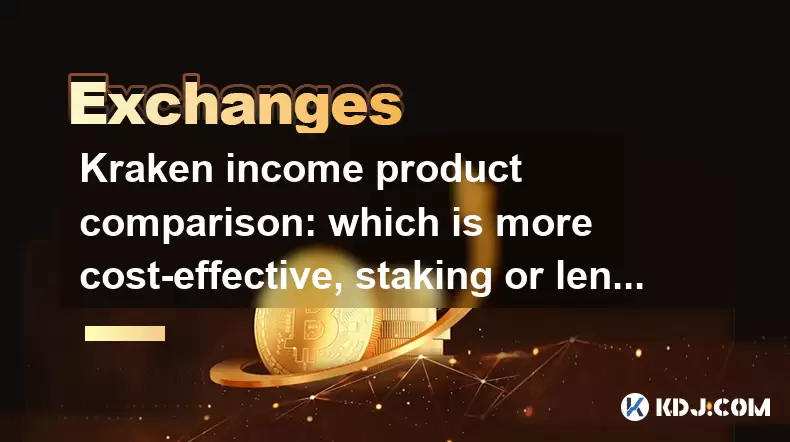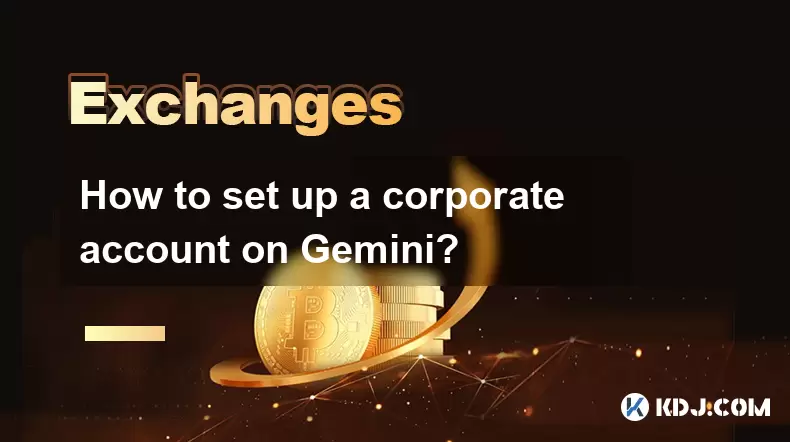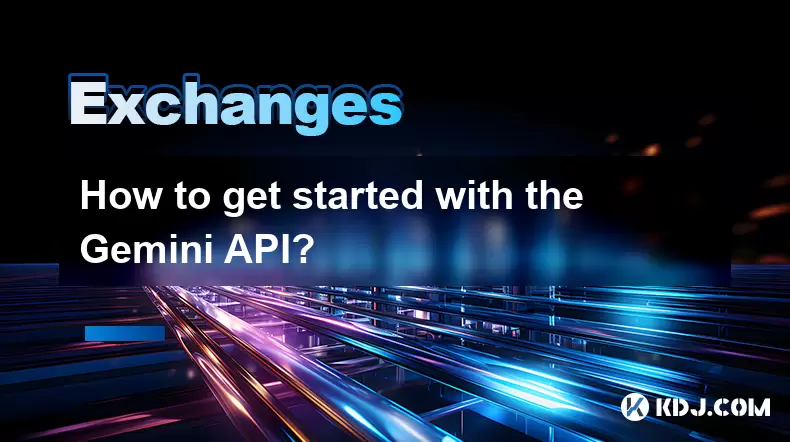-
 Bitcoin
Bitcoin $114500
-0.31% -
 Ethereum
Ethereum $3648
1.11% -
 XRP
XRP $3.033
-0.27% -
 Tether USDt
Tether USDt $0.9999
-0.01% -
 BNB
BNB $758.5
-0.32% -
 Solana
Solana $167.5
1.48% -
 USDC
USDC $0.9998
-0.02% -
 TRON
TRON $0.3331
0.74% -
 Dogecoin
Dogecoin $0.2039
0.25% -
 Cardano
Cardano $0.7419
-0.46% -
 Hyperliquid
Hyperliquid $39.21
2.66% -
 Stellar
Stellar $0.4049
-1.95% -
 Sui
Sui $3.483
-0.56% -
 Bitcoin Cash
Bitcoin Cash $570.8
2.89% -
 Chainlink
Chainlink $16.67
-0.57% -
 Hedera
Hedera $0.2470
-1.57% -
 Ethena USDe
Ethena USDe $1.001
0.00% -
 Avalanche
Avalanche $22.36
1.52% -
 Litecoin
Litecoin $123.4
4.35% -
 UNUS SED LEO
UNUS SED LEO $8.989
0.09% -
 Toncoin
Toncoin $3.324
-2.40% -
 Shiba Inu
Shiba Inu $0.00001219
-1.30% -
 Uniswap
Uniswap $9.811
2.54% -
 Polkadot
Polkadot $3.662
-0.07% -
 Monero
Monero $295.5
-3.85% -
 Dai
Dai $1.000
0.01% -
 Bitget Token
Bitget Token $4.345
0.24% -
 Cronos
Cronos $0.1380
0.95% -
 Pepe
Pepe $0.00001044
-1.14% -
 Ethena
Ethena $0.5981
-4.24%
Kraken income product comparison: which is more cost-effective, staking or lending?
Kraken's staking and lending offer passive income, but staking provides stability while lending offers flexibility and potentially higher returns based on market demand.
Jun 08, 2025 at 09:21 am

In the world of cryptocurrency, Kraken offers two popular income products: staking and lending. Both options allow users to earn passive income, but they differ in terms of risk, reward, and operational mechanics. In this article, we will compare the cost-effectiveness of staking versus lending on Kraken, helping you decide which option suits your investment strategy best.
Understanding Staking on Kraken
Staking on Kraken involves participating in the proof-of-stake (PoS) consensus mechanism of certain cryptocurrencies. By holding and locking your assets in the Kraken platform, you help secure the network and, in return, earn rewards. The rewards are typically distributed in the same cryptocurrency you staked.
Key aspects of staking on Kraken include:
- Supported cryptocurrencies: Kraken supports staking for a variety of cryptocurrencies, such as Ethereum (ETH), Cardano (ADA), and Tezos (XTZ).
- Lock-up period: Some cryptocurrencies require you to lock your assets for a specific period, while others allow you to unstake at any time.
- Rewards: Staking rewards vary depending on the cryptocurrency and network conditions. Kraken displays estimated annual percentage yields (APY) for each supported asset.
- Risks: The primary risk associated with staking is the potential for slashing, where a portion of your staked assets is penalized due to network issues or validator misconduct.
Understanding Lending on Kraken
Lending on Kraken involves depositing your cryptocurrencies into Kraken's lending pool, where they can be borrowed by other users. In return, you earn interest on your deposited assets. The interest rates are influenced by supply and demand dynamics within the platform.
Key aspects of lending on Kraken include:
- Supported cryptocurrencies: Kraken's lending program supports a range of cryptocurrencies, including Bitcoin (BTC), Ethereum (ETH), and stablecoins like USDT and USDC.
- Flexibility: Unlike staking, lending typically does not require a lock-up period, allowing you to withdraw your assets at any time.
- Interest rates: The interest rates for lending on Kraken are variable and can change based on market conditions. Kraken provides an estimated annual percentage rate (APR) for each supported asset.
- Risks: The primary risk associated with lending is the potential for borrower default, although Kraken mitigates this risk by maintaining a reserve fund.
Comparing the Cost-Effectiveness of Staking and Lending
To determine which option is more cost-effective, we need to consider several factors, including potential returns, associated fees, and risks.
Potential Returns:
- Staking: Staking rewards can be relatively stable, especially for well-established networks like Ethereum. The APY for staking varies but is often competitive. For example, staking ETH on Kraken might offer an APY of around 4-6%.
- Lending: Lending returns are influenced by market demand and can be more volatile. The APR for lending on Kraken can range from 1-10% depending on the cryptocurrency and market conditions.
Associated Fees:
- Staking: Kraken does not charge any fees for staking. However, you may incur network fees when depositing or withdrawing staked assets.
- Lending: Kraken also does not charge any fees for lending. However, similar to staking, you may incur network fees when moving assets in and out of the lending pool.
Risks:
- Staking: The risk of slashing is relatively low but exists. Additionally, if you stake assets with a lock-up period, you may face liquidity risks if you need to access your funds quickly.
- Lending: The risk of borrower default is mitigated by Kraken's reserve fund, but it still exists. Lending typically offers more liquidity, as you can withdraw your assets at any time.
Detailed Comparison of Staking and Lending on Kraken
Let's delve deeper into the operational aspects and potential returns of staking and lending on Kraken.
Staking Process on Kraken:
- Choose a cryptocurrency: Navigate to the Kraken platform and select a cryptocurrency that supports staking, such as Ethereum.
- Deposit funds: Transfer the chosen cryptocurrency to your Kraken account. Ensure you have the minimum required amount for staking.
- Stake your assets: Go to the staking section of Kraken, select the cryptocurrency, and initiate the staking process. Follow the on-screen instructions to complete the staking.
- Monitor rewards: Kraken will automatically distribute staking rewards to your account based on the network's reward schedule. You can track your rewards and APY in the platform.
Lending Process on Kraken:
- Choose a cryptocurrency: Navigate to the Kraken platform and select a cryptocurrency that supports lending, such as Bitcoin.
- Deposit funds: Transfer the chosen cryptocurrency to your Kraken account. Ensure you have the minimum required amount for lending.
- Lend your assets: Go to the lending section of Kraken, select the cryptocurrency, and initiate the lending process. Follow the on-screen instructions to complete the lending.
- Monitor interest: Kraken will automatically distribute interest payments to your account based on the lending pool's performance. You can track your interest and APR in the platform.
Comparing Returns:
- Staking: If you stake 100 ETH with an APY of 5%, you can expect to earn approximately 5 ETH in rewards over a year.
- Lending: If you lend 100 BTC with an APR of 2%, you can expect to earn approximately 2 BTC in interest over a year. However, if the APR increases to 5%, your earnings would rise to 5 BTC.
Comparing Risks:
- Staking: The risk of slashing is minimal but present. For example, if you stake 100 ETH and face a 1% slashing penalty, you could lose 1 ETH.
- Lending: The risk of borrower default is low due to Kraken's reserve fund. However, if a significant default occurs, you might face a temporary delay in accessing your funds.
Which Option is More Cost-Effective?
Determining the more cost-effective option between staking and lending on Kraken depends on your investment goals, risk tolerance, and market conditions.
If you prioritize stability and predictable returns:
- Staking might be more cost-effective. The APY for staking is often stable and predictable, making it easier to plan your income. Additionally, staking typically involves less risk of asset loss compared to lending.
If you prioritize flexibility and potentially higher returns:
- Lending might be more cost-effective. The APR for lending can be higher during periods of high demand, allowing you to capitalize on market conditions. Additionally, lending offers more liquidity, as you can withdraw your assets at any time.
Frequently Asked Questions
Q1: Can I switch between staking and lending on Kraken?
Yes, you can switch between staking and lending on Kraken. However, you will need to withdraw your assets from one program before depositing them into the other. Keep in mind any lock-up periods associated with staking, as they may affect your ability to switch immediately.
Q2: Are there any tax implications for earning rewards through staking or lending on Kraken?
Yes, the rewards earned through staking or lending are typically considered taxable income in many jurisdictions. You should consult with a tax professional to understand the specific tax implications based on your location and financial situation.
Q3: Can I stake or lend multiple cryptocurrencies simultaneously on Kraken?
Yes, you can stake or lend multiple cryptocurrencies simultaneously on Kraken. Each cryptocurrency has its own staking or lending pool, and you can participate in multiple pools at the same time, provided you meet the minimum requirements for each.
Q4: How often are staking rewards and lending interest distributed on Kraken?
Staking rewards and lending interest are typically distributed on a regular basis, such as daily or weekly, depending on the specific cryptocurrency and program. Kraken provides detailed information on the distribution schedule for each asset within their platform.
Disclaimer:info@kdj.com
The information provided is not trading advice. kdj.com does not assume any responsibility for any investments made based on the information provided in this article. Cryptocurrencies are highly volatile and it is highly recommended that you invest with caution after thorough research!
If you believe that the content used on this website infringes your copyright, please contact us immediately (info@kdj.com) and we will delete it promptly.
- Meme Coins Skyrocket: Is Dogecoin About to Be Dethroned?
- 2025-08-06 03:50:13
- Tether's On-Chain Surge: USDT Dominates and Drives Blockchain Fees
- 2025-08-06 02:50:13
- Bitcoin, Treasury, Country: Bolivia Follows El Salvador's Lead, While TON Strategy Co. Makes Waves
- 2025-08-06 03:50:13
- Succinct's PROVE Token & Mainnet Launch: A New Era for ZK Proofs
- 2025-08-06 02:50:13
- CEA Industries Rebrands as BNB Network Company: A New Era for BNB Treasury
- 2025-08-06 03:55:14
- Terra Classic's Market Module Revival: The v3.5.0 Upgrade and What It Means for LUNC
- 2025-08-06 02:30:12
Related knowledge

How to set and manage alerts on the Gemini app?
Aug 03,2025 at 11:00am
Understanding the Gemini App Alert SystemThe Gemini app offers users a powerful way to stay informed about their cryptocurrency holdings, price moveme...

How to use the Gemini mobile app to trade on the go?
Aug 04,2025 at 09:14am
Setting Up the Gemini Mobile AppTo begin trading on the go using the Gemini mobile app, the first step is installing the application on your smartphon...

How to set up a corporate account on Gemini?
Aug 05,2025 at 03:29pm
Understanding Gemini Corporate AccountsGemini is a regulated cryptocurrency exchange platform that supports both individual and corporate account crea...

What to do if you forgot your Gemini password?
Aug 04,2025 at 03:42am
Understanding the Role of Passwords in Gemini AccountsWhen using Gemini, a regulated cryptocurrency exchange platform, your password serves as one of ...

What are the websocket feeds available from the Gemini API?
Aug 03,2025 at 07:43pm
Overview of Gemini WebSocket FeedsThe Gemini API provides real-time market data through its WebSocket feeds, enabling developers and traders to receiv...

How to get started with the Gemini API?
Aug 05,2025 at 12:35pm
Understanding the Gemini API and Its PurposeThe Gemini API is a powerful interface provided by the cryptocurrency exchange Gemini, enabling developers...

How to set and manage alerts on the Gemini app?
Aug 03,2025 at 11:00am
Understanding the Gemini App Alert SystemThe Gemini app offers users a powerful way to stay informed about their cryptocurrency holdings, price moveme...

How to use the Gemini mobile app to trade on the go?
Aug 04,2025 at 09:14am
Setting Up the Gemini Mobile AppTo begin trading on the go using the Gemini mobile app, the first step is installing the application on your smartphon...

How to set up a corporate account on Gemini?
Aug 05,2025 at 03:29pm
Understanding Gemini Corporate AccountsGemini is a regulated cryptocurrency exchange platform that supports both individual and corporate account crea...

What to do if you forgot your Gemini password?
Aug 04,2025 at 03:42am
Understanding the Role of Passwords in Gemini AccountsWhen using Gemini, a regulated cryptocurrency exchange platform, your password serves as one of ...

What are the websocket feeds available from the Gemini API?
Aug 03,2025 at 07:43pm
Overview of Gemini WebSocket FeedsThe Gemini API provides real-time market data through its WebSocket feeds, enabling developers and traders to receiv...

How to get started with the Gemini API?
Aug 05,2025 at 12:35pm
Understanding the Gemini API and Its PurposeThe Gemini API is a powerful interface provided by the cryptocurrency exchange Gemini, enabling developers...
See all articles

























































































